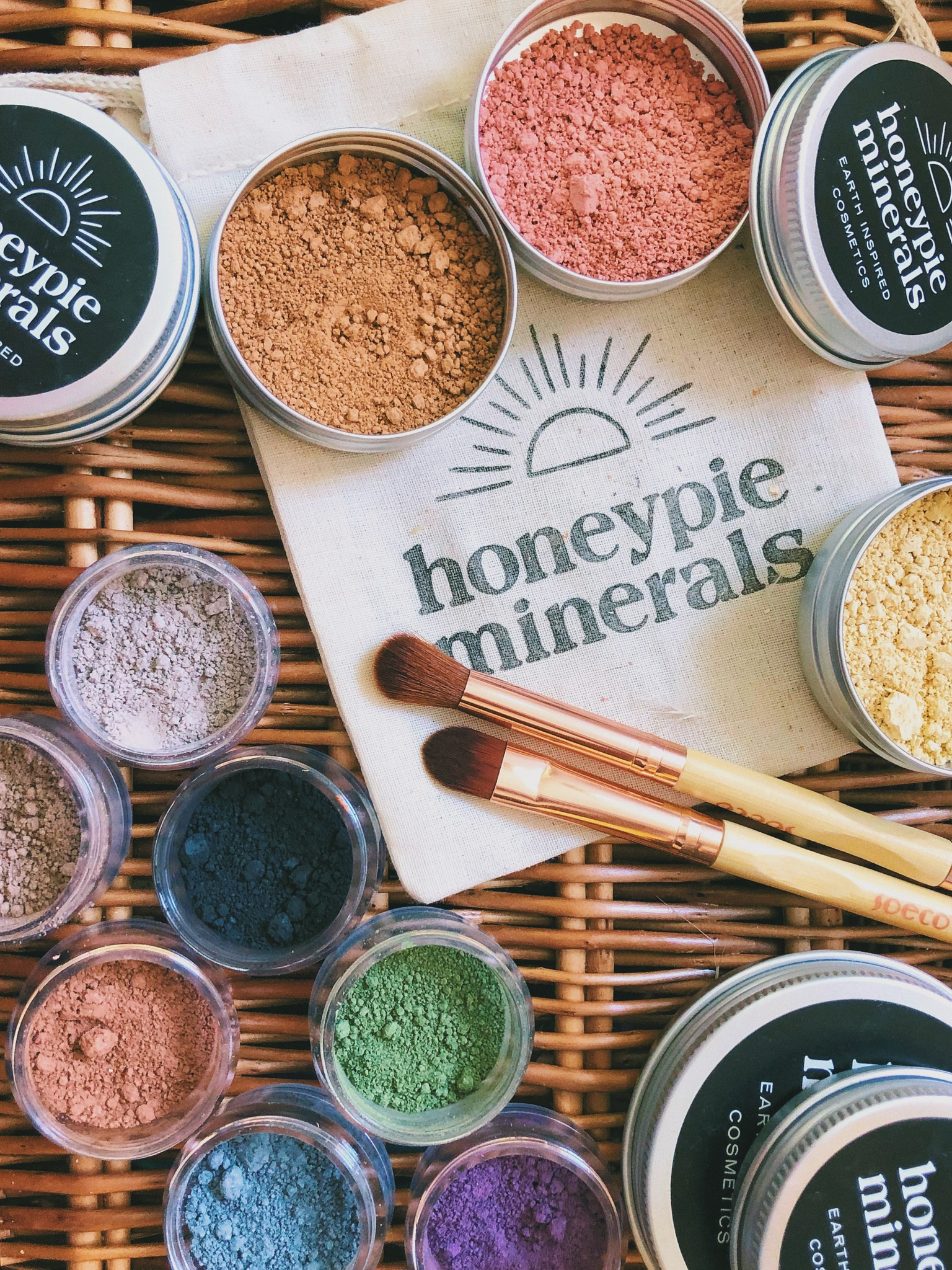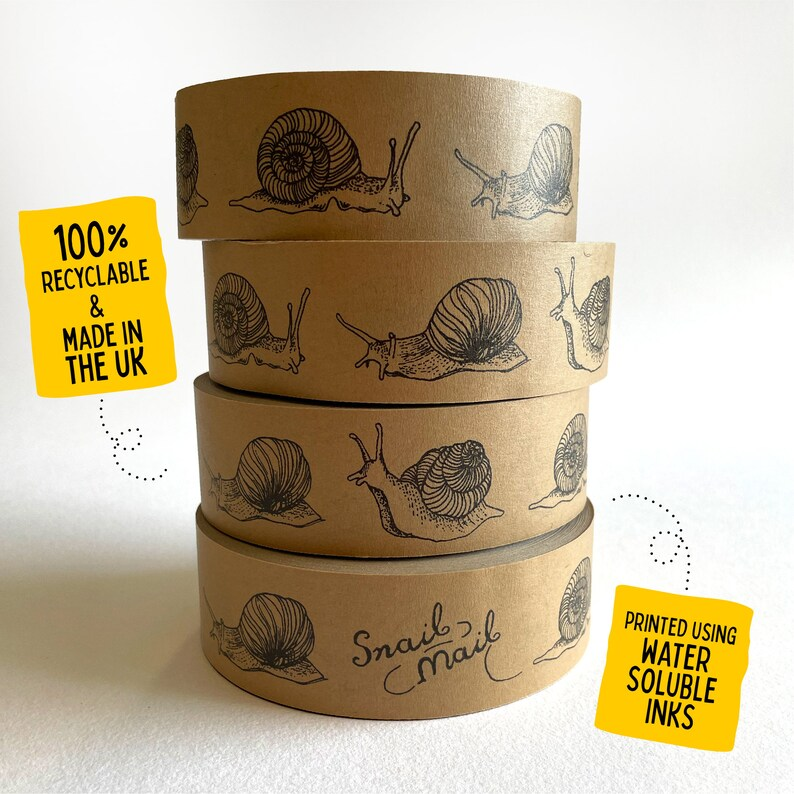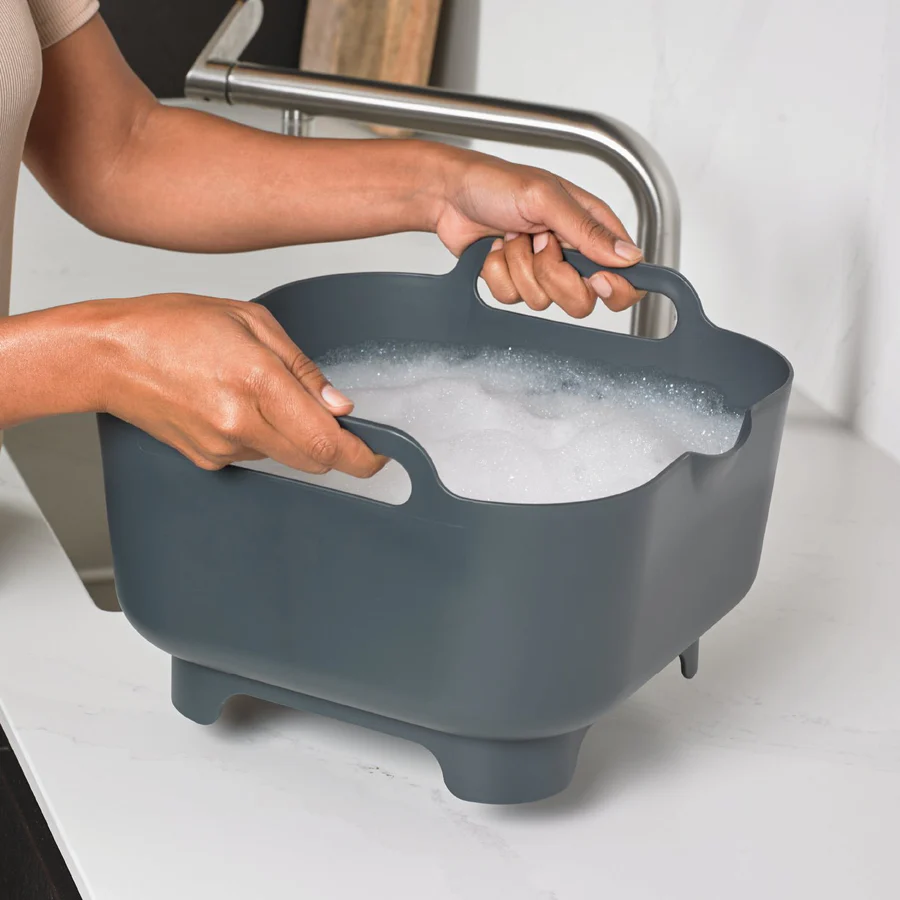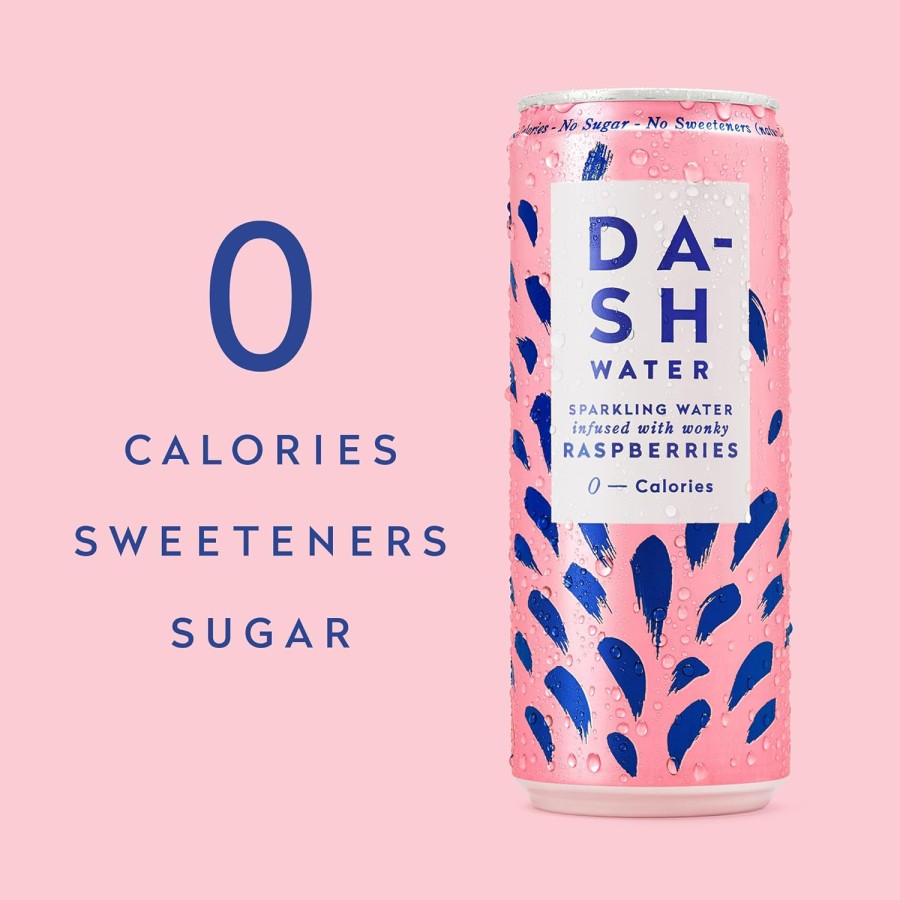
To stay cool in the sun, just use your common sense. Avoid the hottest times of the day (10am to 2pm but often now longer with climate change heatwaves). Drink lots of water or iced tea. Wear loose-fitting natural fabrics (cotton, hemp, linen) and wear big floppy hats.
Conventional sunscreens are packed with chemicals and also pollute our oceans. So called nano-free natural sunscreens are better, but know that most contain zinc or titanium dioxide (these are toxic to pets if licked). So shower off before letting them lick you! Wear sustainable sunglasses with wraparound frames, to protect your eyes.
Green People Age Defy SPF30 Moisturiser combines a skin cream and sun protection in one, made with organic ingredients and sold in easy-to-recycle packaging. Ideal for dry, mature or menopausal skin, this contains antioxidants to protect skin against sun-inducing ageing. Made with buds from the ‘everlasting youth tree’ (known to strengthe epidermal structure), this cream smoothies fine lines, as it boosts hydration by a remarkable 30%. It’s not greasy and contains nourishing organic oils of rosehip and pomegranate for a radiant glow. Contains zinc oxide.
Green People’s men’s sun cream is sold in sugar-cane packaging that is easy to recycle, featuring zinc oxide sun filters and SPF30 high protection against 97% of UVB rays, to naturally shield against sun damage. This water-repellent sun protection is a blend of organic plant oils and waxes with skin-cooling aloe vera and essential oils of peppermint & eucalyptus.
Green People scent-free baby sun cream is sold in easy-to-recycle packaging. Clinically proven to be kind to sensitive skin, this best-selling item has over 900 5-star reviews. Non-sticky, it’s enriched with non-nano SPF30 sun filtores to protect against UVA and UVB rays.
Suntribe is a good brand of natural sunscreen, again for adults and children. Their site has a good post on the harmful effect (to humans and the planet) of conventional sunscreens, which includes disrupting hormones and damaging coral reefs. They say to avoid the sun from 11am to 4pm and never expose babies to direct sunlight, also be careful at high altitudes.
Palm & Pine offers high protein sunscreens, including SPF50 for swimmers and sports people, made with sunflower wax, instead of beeswax. It also offers a sun-protection lipbalm, and gives discounts on any tins with damaged packaging.
how to prevent heatstroke in pets

All creatures (including cats) can get heatstroke. Never leave dogs in cars (not even warm with air conditioning and ajar windows, they can still heat up quickly. For dogs trapped in hot cars, smash the window, pour cool (not cold) water over and call for help.
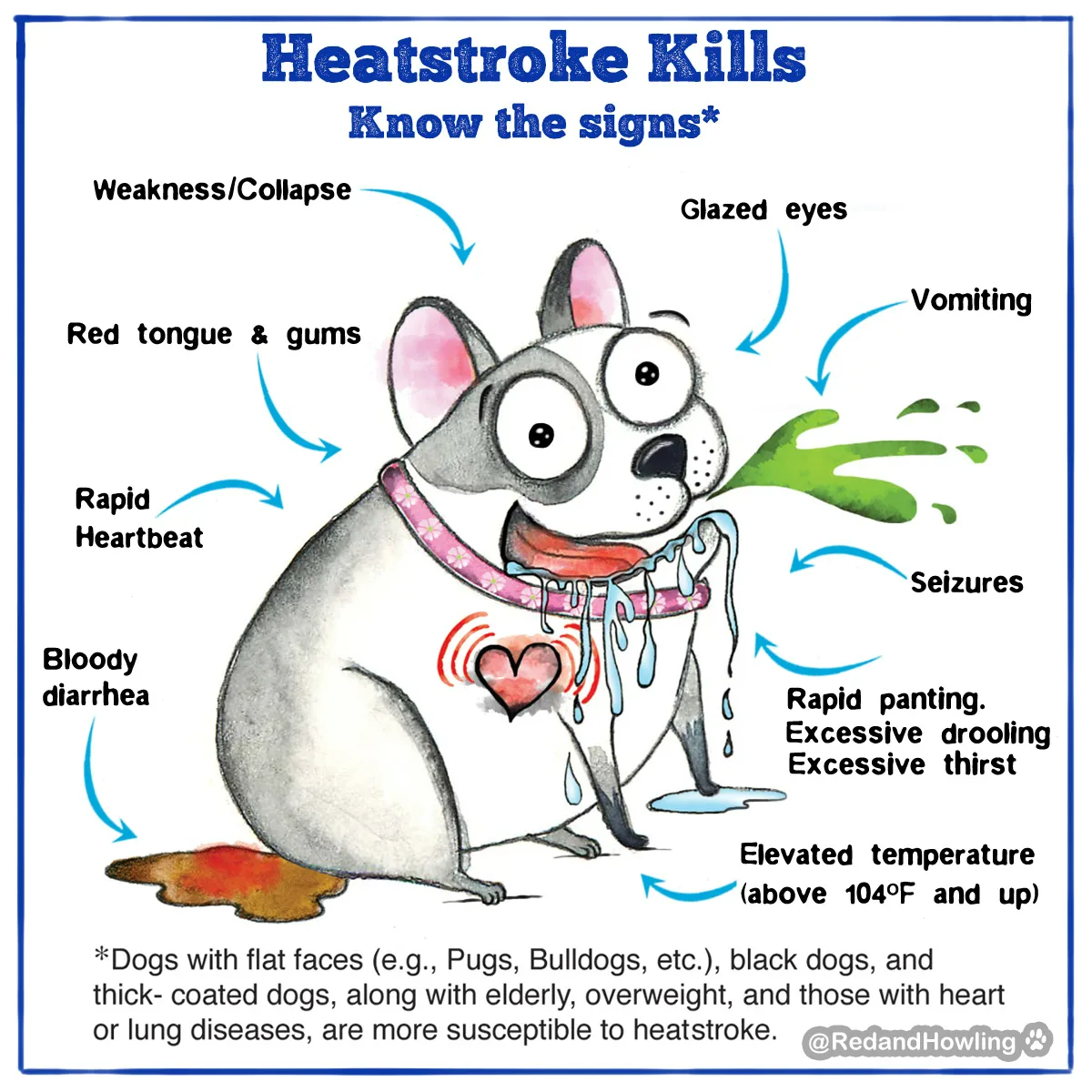
Blue Cross has tips including to ensure dogs have access to large bowls filled to the brim with fresh clean water (take travel bowls on walks). If pavements are too hot for your hands, they’re too hot for paws. Only exercise in cooler mornings and evenings (and avoid for heatwaves). If they don’t play with it, gently mist with cool water on hot days. Although tempting to let dogs swim, be careful as this may mask signs of heatstroke (don’t let them play ball in the water, or exert more energy). A shallow paddling pool in the garden without toys may be a good idea.
Groom regularly to avoid matted fur (stops regulating temperature). All dogs (not just light nosed-ones) are at risk of sunburn as are some breeds of cats. Talk to your vet about safe sunscreens (never use human ones as they contain toxic ingredients like zinc or titanium oxide).
Adders are common in hot weather. While they tend to stay out of the way, pets may encounter one while exploring heathland, woodland or sandy areas. Adders can be dangerous to dogs if disturbed because they bite when threatened. If you think an adder has bitten your dog, call your vet straight away. Dog-Friendly Cornwall has tips on when to avoid walking (‘safe hours’ were previously before 9am and after 7pm), but rising temperatures means this may need adaption to avoid basking snakes – see post for info.
understanding and simplifying sun protection
Suncare is made so complicated, so we’ve gone to a top US company that has extensive information and simplified the science, to empower you. FDA advice is to use around a third of a teaspoon of sunscreen to cover your face and a shot-glass full for the body. Rub in to reduce the whitened effect from natural sunscreens and let the first coat dry and then put on another coat after 15 to 30 minutes. You should then reapply every 2 hours or after extended sweating or swimming. Test before use and keep out of eyes and do not apply to broken skin. Adult supervision is recommended for children and keep away from pets, washing off before allowing them to lick your skin, due to zinc oxide.
Most sunscreens have a shelf life of a couple of years if stored in cool temperatures. For stains on clothing, just use a little biodegradable dish soap direct before washing as normal. If you do burn, it’s usually due to not applying enough (mineral sunscreens are thicker so not as easy to apply). Be aware that some medications can make you more sensitive to the sun and keeping in the shade and wearing a floppy hat is just as important. It’s also important to avoid brands with phototoxic oils as these can cause skin damage to certain people in the sun.
Some sunscreens made with chemicals kill or harm coral reefs, which is why other brands advertise themself as ‘reef-safe’. Thousands of tons of sunscreen washes off the skin of swimmers and divers each year, and more ends up in coastal areas, threatening 10% of the world’s coral reefs, home to many endangered species. Just one drop can harm large areas, if sunscreen contain one of four common ingredients: oxybenzone, butylparaben, octinoxate and 4-methylbenzylidene camphor (this is banned in the US and Japan, but still allowed in Europe).
SPF can be complicated, but know that a complete sunblock does not exist, this at least means vitamin D should still reach your skin. Most natural sunscreens use oil rather than water as the main ingredient, and know that SPF higher than 50 (which block 98% of UVA rays) don’t do any more, so don’t bother with them. In fact, they can encourage people to feel safe and then they get burned. Natural sunscreens also don’t offer such high SPFs anyway. SPF15 blocks 93% of rays and is usually good although redheads and people with very pale skin may wish to go to SPF 30 or 50. Spray sunscreens are not recommended as they can be inhaled into the lungs (use a non-aerosol spray pump if used).
Mineral sunscreens scatter and reflect and absorb the sun’s rays. Zinc oxide is simply oxidised metal and it won’t harm you or the planet, but should be kept away from pets, as zinc oxide is not safe for them. Small particles of uncoated zinc or titanium dioxide can be toxic to marine life, it’s best to avoid smaller nano particles in sunscreens.
So in a nutshell, the best way to stay safe in the sun is simply to keep out of strong sunlight (from 10am to 2pm especially) and wear a floppy hat, biodegradable sunglasses and loose breathable clothing. Drink plenty of water and if used, choose a reef-friendly natural sunscreen but try to avoid swimming when using it. The state of Hawaii has now banned the sale of sunscreens with certain ingredients, to protect the local oceans.
Eco Repel is a natural insect repellent, sold in a cardboard tube. This deet-free product is kid-safe with a soft lemon scent (keep away from pets as citrus is toxic). Also good to relieve itchy bites, it contains a rich botanic oil known to work. Safe on older children but not on hands in case they ingested it. The company also makes hair and body products and lip balms.

